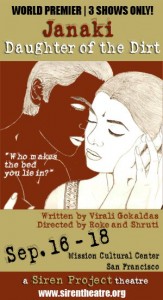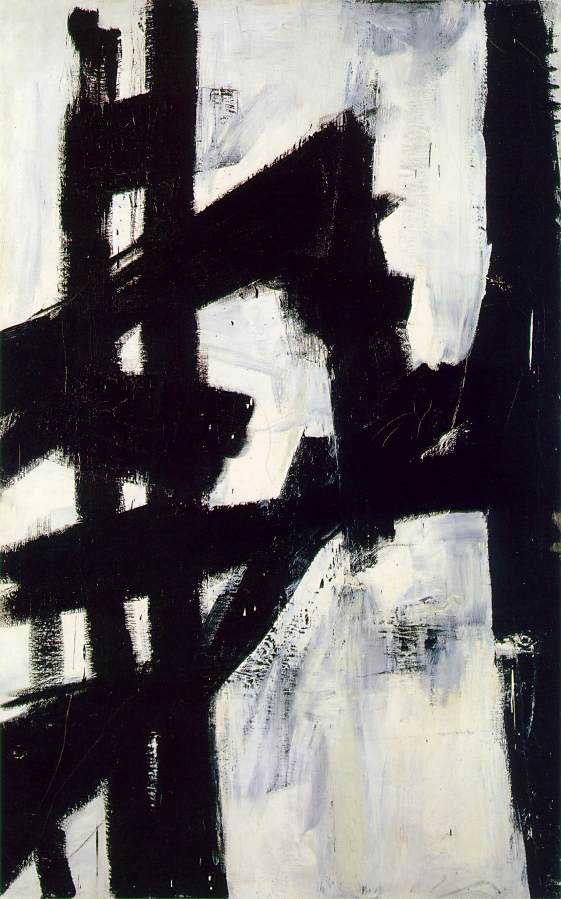 Last month protesters marched in front of the San Jose Museum of Arts, protesting the interpretation of Sita in the animated film Sita Sings the Blues and in a painting by M.F. Husain where Sita is depicted the nude. The words “shameful” and “denigration” were some those used by the conservative religious groups protesting the artwork – but the museum continued their support, stating “freedom of artistic expression.”
Last month protesters marched in front of the San Jose Museum of Arts, protesting the interpretation of Sita in the animated film Sita Sings the Blues and in a painting by M.F. Husain where Sita is depicted the nude. The words “shameful” and “denigration” were some those used by the conservative religious groups protesting the artwork – but the museum continued their support, stating “freedom of artistic expression.”
This weekend the Bay Area will see another form of “Sita art”, this time in the form of a theater production. Siren Theatre Project’s production of Janaki – Daughter of the Dirt will be hitting the stage at the Mission Cultural Center in San Francisco for it’s world premiere this Sept 16th -18th. This ground breaking stage production written by Virali Golkadas touches upon issues of power, sexism and classism from the perspective of Sita.
“I wrote Janaki – Daughter of Dirt to show that Hindu goddesses, just like the women in my family, are not self-sacrificing devotees,” said playwright Virali Gokaldas. “They are complex, powerful, strong-willed examples, helping us hold compassion for others and ourselves, guiding us when making hard decisions, and above all, giving us the courage to live out our own destinies.” [sirentheatre]
As for the controversy in San Jose, here’s what Virali and Anirvan Chatterjee have to say:
Our ability to recontextualize the Ramayana is precisely what makes it a living story, instead of a dead one….The Ramayana is as rich and diverse as India. If our Indian traditions allow even a 180 degree twist like Ravana being the hero, then what right do protestors have to censors new ways of expressing the story?
As Bay Area writers who have our own visions of the Ramayana to share, we take the attack on the tradition of diverse Ramayanas personally. The Ramayana speaks to us, just as it did to those creators whose works were being protested in San Jose. [sirentheatre]
Art for arts sake or art to honor and personalize faith? Check out the play this weekend and form your own opinion. And just for our Sepia Mutiny readers, tickets are only $20, with the discount code “Sepia Mutiny” over at Brown Paper Ticket. For more information on Janaki – Daughter of the Dirt or Siren Theatre Project, visit their facebook page and their website.



